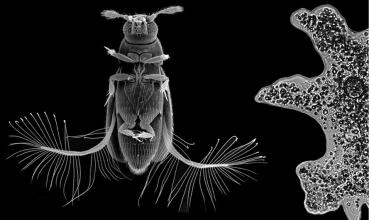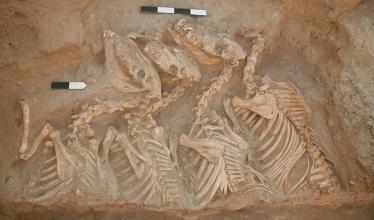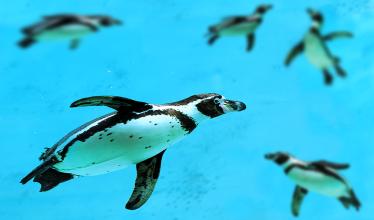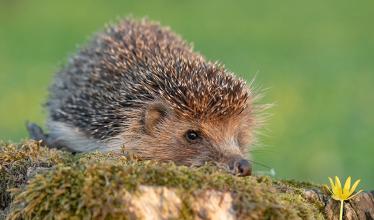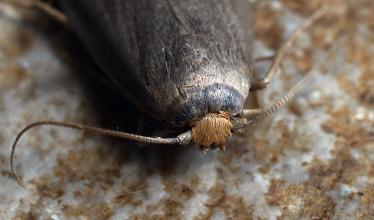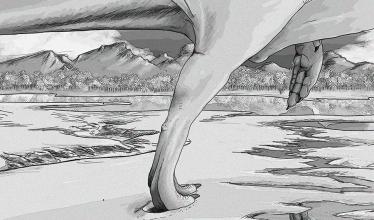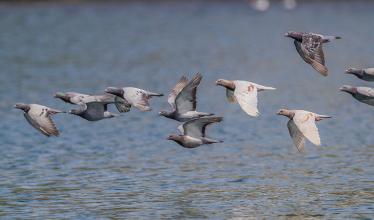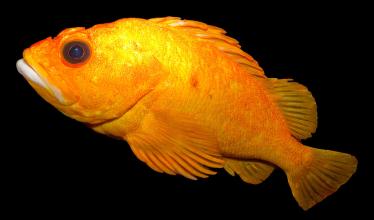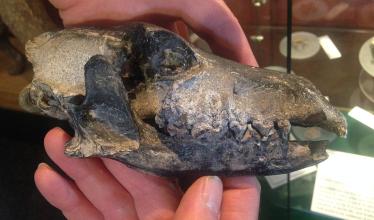Creature
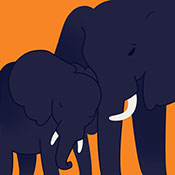 All that slithers, swims, flits, flies, grows and dies
All that slithers, swims, flits, flies, grows and dies
Animals, plants, microbes, fungi and all life on Earth, from long-buried dinosaurs to newly emerging infections, often serve to instruct and amaze. We are interested in everything from the simplest physical structures to the most complex emergent behavior of life's many forms — from the extinct to the evolved and from the web of ecology to the promise of animal-inspired technology.
The aerial acrobat is less than half a millimeter long.
The kunga, a highly sought-after technological advance in Mesopotamia, may be the oldest known hybrid animal bred by humans.
As the ancestors of penguins dived deeper, their wings became streamlined for swimming.
Study suggests the dangerous antibiotic-resistant bacteria known as MRSA first evolved naturally.
Researchers hope the tiny moth ears could someday inspire improvements to cell phones and hearing aids.
A newfound millipede with 1,306 legs has the most legs of any known animal, researchers say.
The genes involved in hydra regeneration and development could offer clues about immortality.
Ancient 2-meter tall theropods could have outrun most humans.
New research suggests the birds must sense Earth's magnetic field using some other part of their anatomy.
Experiments showed how cats can track their owners by listening for their voice
Genes for repairing DNA, metabolizing glucose and suppressing inflammation may help some rockfish live for hundreds of years.
Fox-like dog described by first Europeans to visit the remote islands was an ecological anomaly.

